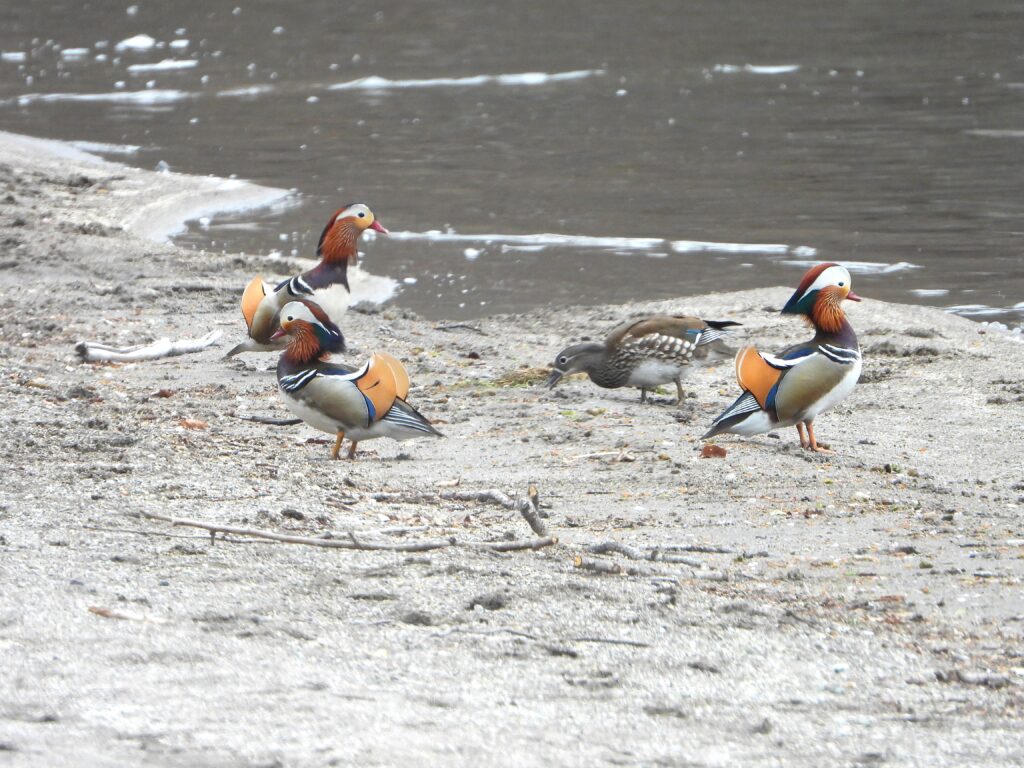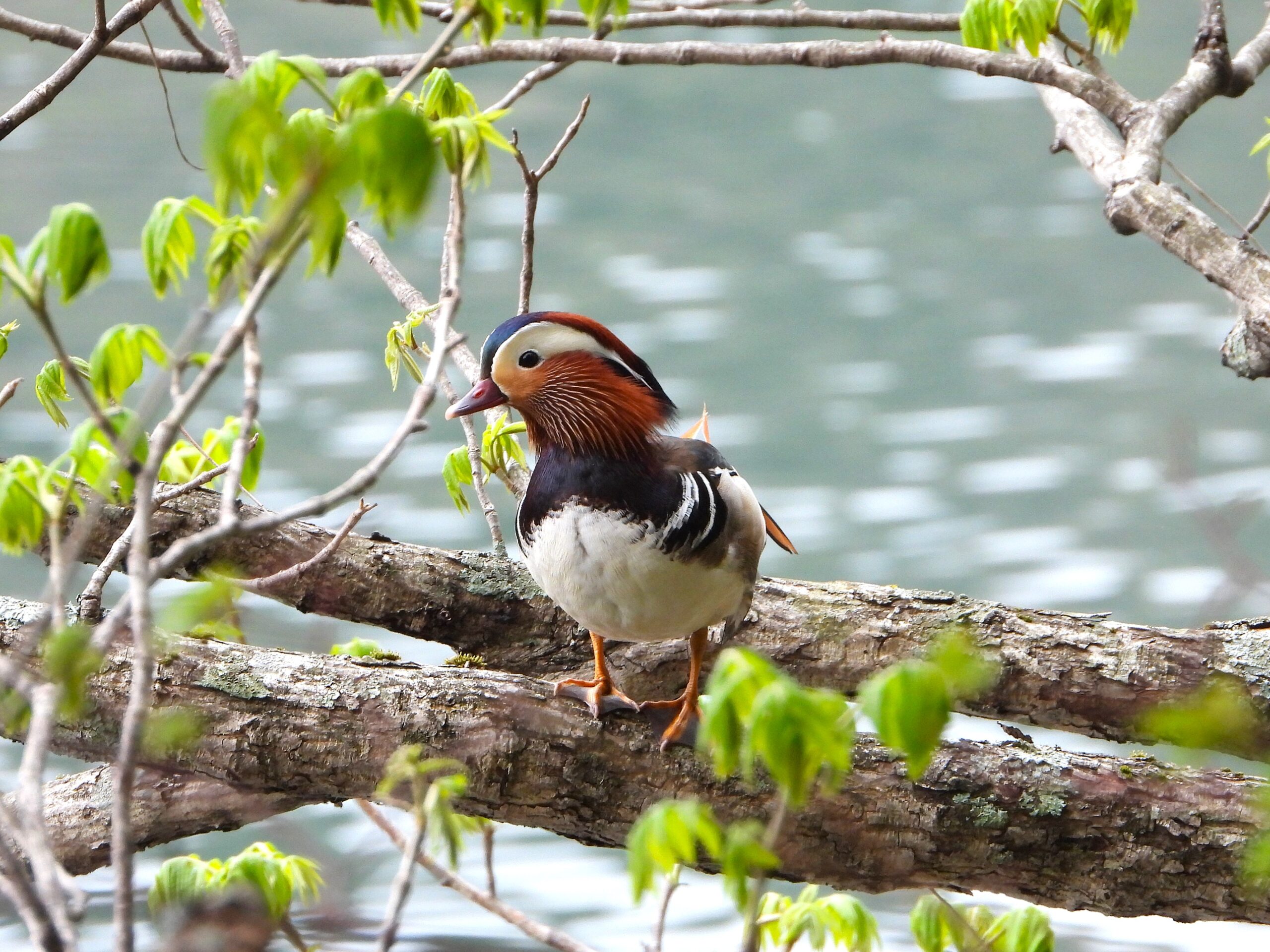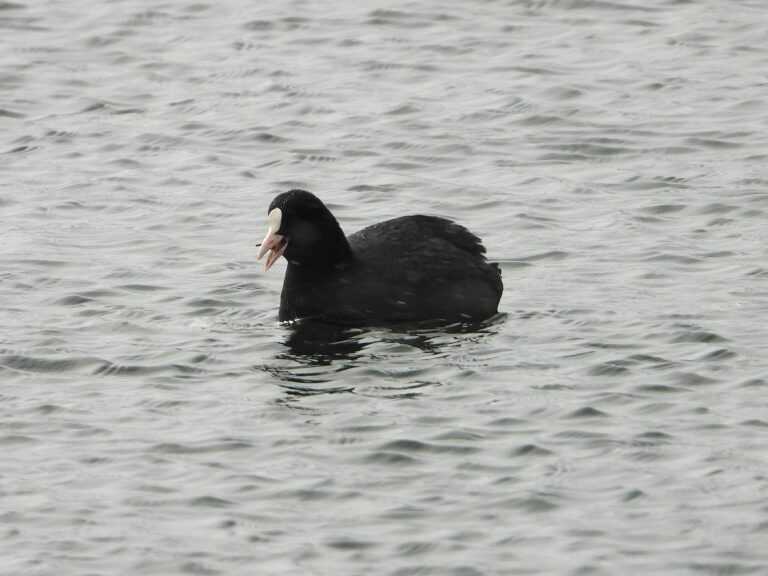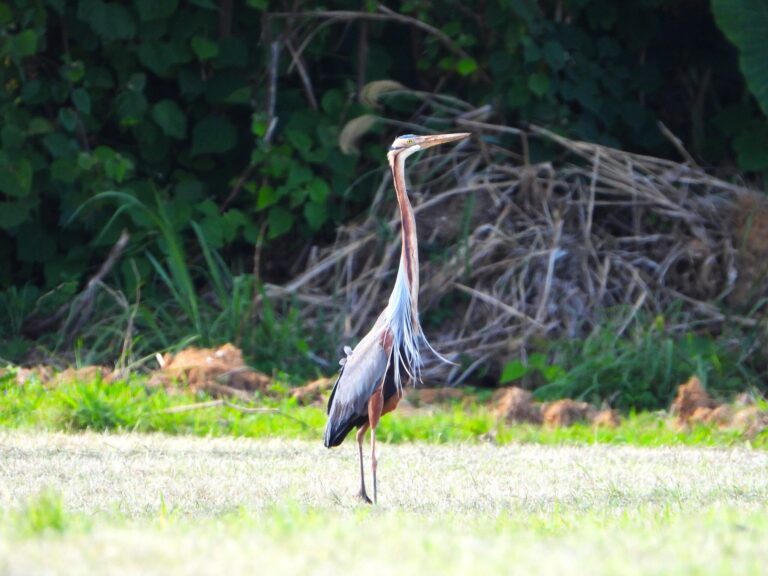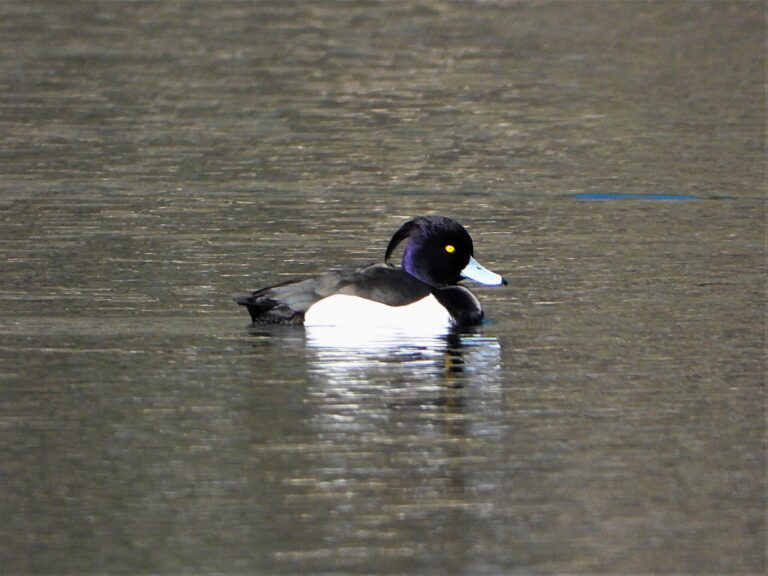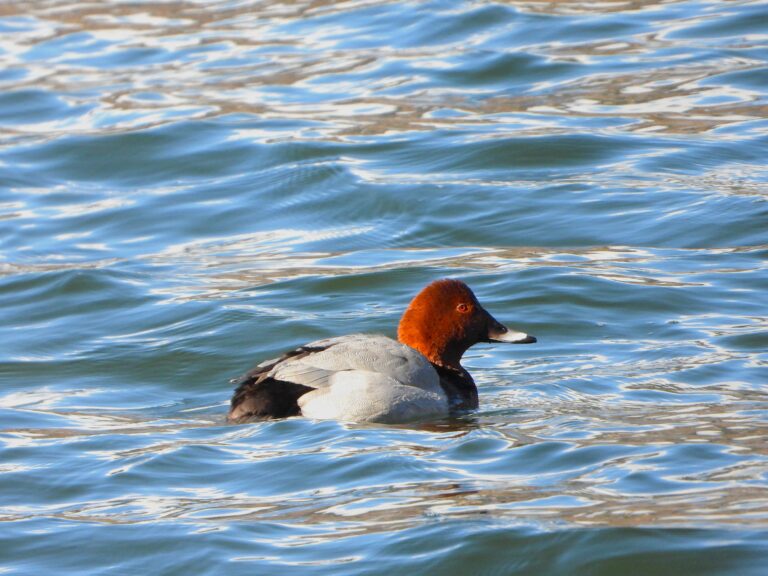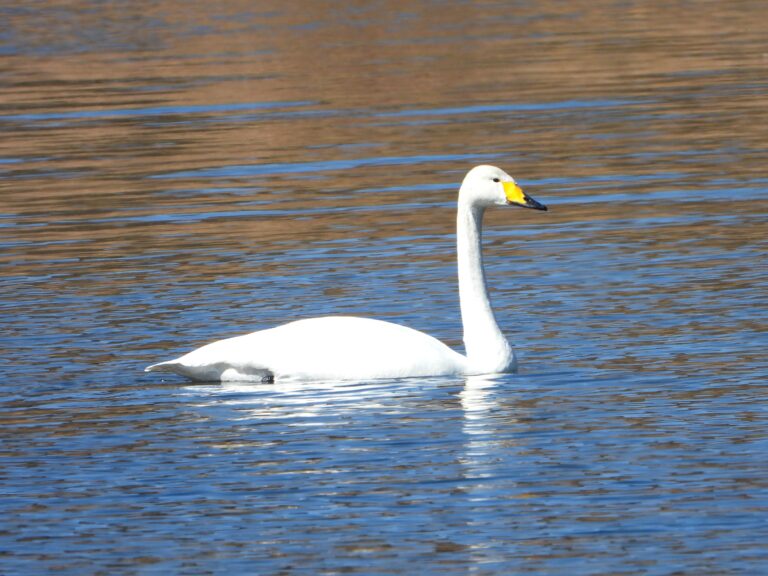Mandarin Duck (Aix galericulata) – Wildlife of Japan
Introduction
The Mandarin Duck, one of East Asia’s most beautiful waterfowl, favors quiet forest ponds and shaded rivers. Despite the male’s vivid colors, it remains shy and often hides beneath overhanging branches.
Taxonomy & Size
Family Anatidae; genus Aix (shared with the Wood Duck).
Length 41–49 cm; wingspan 65–75 cm.
IUCN status: Least Concern.
Identification
Male (breeding): red bill, bold white eye-crescent, chestnut “whiskers,” purple breast, orange flanks, and distinctive upright “sails” formed by the tertials.
Female: gray-brown with clear white eyering and stripe, spotted flanks.
Eclipse male: duller plumage but retains orange hints and reddish bill.
Habitat & Distribution
Native to East Asia (China, Korea, Japan, Russian Far East); introduced in Europe and North America.
In Japan, it breeds from Hokkaidō across Honshū (with localized breeding further west) and in winter spreads widely to lowland waters, including Shikoku and Kyūshū. Prefers wooded ponds, temple lakes, and calm rivers with overhanging trees.
Behavior
A perching duck that roosts on branches near water. Shy and shade-loving, active mainly at dawn and dusk. In winter, gathers in quiet groups when undisturbed.
Diet
Omnivorous—feeds on acorns, seeds, aquatic plants, insects, and crustaceans. In spring it increases animal protein intake for breeding.
Reproduction
Nests in tree cavities near water. Clutch typically 9–12 (range 7–14); incubation about 28–30 days by the female. Ducklings leap from the cavity after hatching, guided by the mother. Males molt in early summer and form new pairs in autumn–winter.
Where to See in Japan
Best seen in shaded ponds and forested rivers in regions such as Kyoto, Nara, or Nagano. Check under bankside trees early or late in the day for the telltale orange sails. Also watch forested reservoirs in Shikoku and Kyūshū in winter.
Conservation
Stable globally, but loss of mature trees and nest cavities in Japan threatens local breeding sites. Protecting quiet, tree-lined watersides is vital.
Author’s Impression
Among Japan’s ducks, this species has the most brilliant plumage. Yet it remains a bird of quiet grace—its orange sails and white crescents glowing suddenly from the shadows leave a lasting impression.
